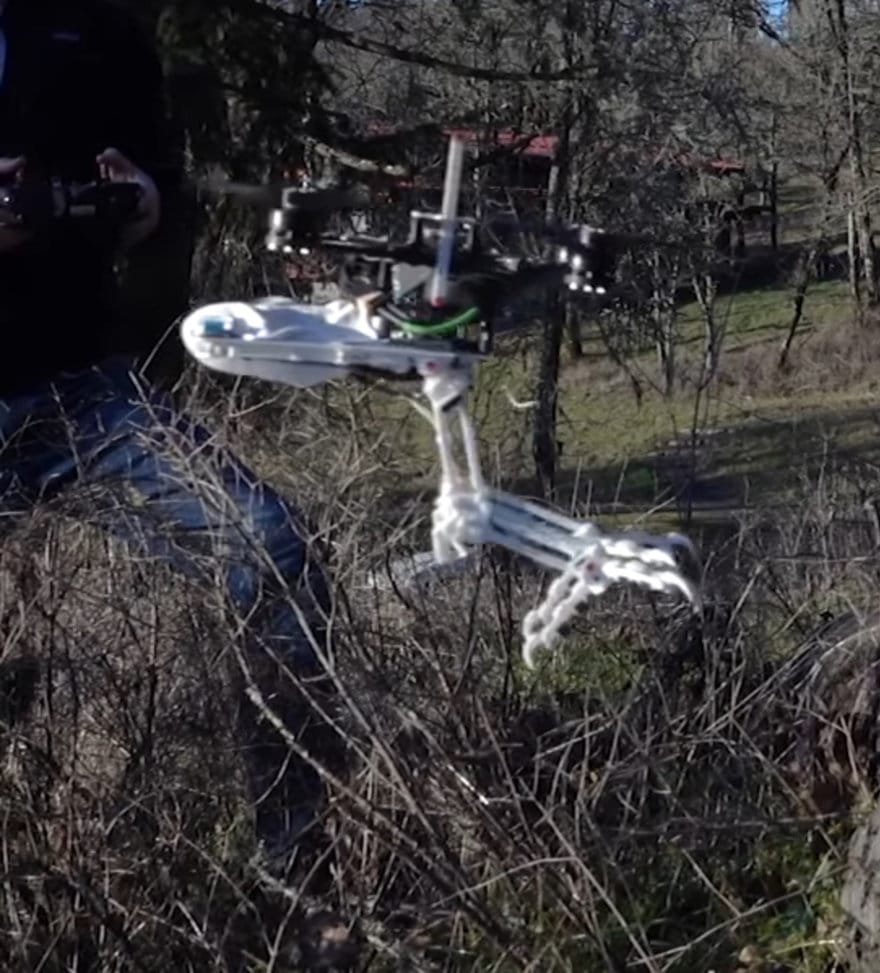I'll put it simply: let's say you have a drone that can fly for 30 minutes, but you want it to fly for 45 minutes. What should you do? You could land it on a tree branch to rest a bit, save energy and continue filming. To do this, engineers at Stanford University studied the Falcon to create special landing gear.
Mark Cutkosky and David Lentink, these are the names of the researchers, invented a system of legs and claws called SNAG (Stereotyped Nature-inspired Aerial Grasper). They had initially tried to mimic the properties of a parrot in being able to stand on a perch: nothing could be more wrong. For the size of a four-engine drone we needed to be inspired by a bigger bird. Nothing better than the hawk, a perfect combination of strength and agility.

Strike like a hawk, fly like a drone (it could have been better).
Instead of bones, a 3D printed structure. Instead of muscles and tendons, motors and cables. What does the hawk drone lack to be efficient (and also awe-inspiring)? Nothing. Nada. Nothing.
In summary, this robot has legs with two motors: one moves the leg back and forth, the other ensures that when the "hawk" lands, its grip is stronger so as not to fall. As? Using a mechanism similar to that of bird tendons, which move around the ankle. The result? The drone it has a strong and very rapid grip (only 20 milliseconds). When its hawk-like claws wrap around a branch, an accelerometer signals that it has landed, and activates a balancing algorithm to keep its grip stable.
Take a look at how it works:
Robot birds (this is better, admit it)
And let's get to the practical applications, before some neo-Luddite rises up saying "spend this money on serious things!". Roderick and the Stanford researchers hope that SNAG will help people who study the environment first. He and his team have tested the falcon drone to do microclimate analysis, for example.
If we can develop a bird robot like this, we will be able to collect data about the environment in a way never seen before, in unprecedented detail. Fly, friend! (But keep your claws three feet away from me.)


